Understanding Different Types of Chimney Liners
When it comes to your home’s chimney, there’s more than meets the eye. Beyond the warm hearth and cozy ambiance lies a vital, yet often overlooked element: the chimney liner.
Though concealed within the chimney’s core, these liners are pivotal in safeguarding your dwelling, optimizing heating efficiency, and ensuring a positive fireplace experience.
In this blog, we’ll unravel the complexities of chimney liners and help you understand and choose the best chimney liner for your home. Whether you’re a seasoned homeowner or embarking on your chimney adventure, understanding chimney liners is your key to a safer, more efficient, and more enjoyable home.
The Basics of Chimney Liners
Chimney liners, also known as flue liners, serve as protective barriers inside your chimney, and they are essential for several reasons:
- Fire Hazard Prevention: Liners prevent the escape of embers, heat, and flammable gases into the chimney’s structural components, reducing the risk of chimney fires.
- Corrosion and Moisture Protection: They shield the chimney from moisture intrusion, preventing the deterioration of bricks and mortar due to freezing and thawing cycles.
- Improved Efficiency: Liners facilitate smooth airflow, ensuring efficient draft and optimal appliance performance.
- Easier Cleaning: A smooth, intact liner makes chimney cleaning less challenging and more effective.
Types of Chimney Liners
Clay Tile Liners
Clay tile liners are the tried-and-true choice for many chimney owners. Crafted from terracotta clay, they are assembled from individual sections stacked and sealed together, providing durability, heat resistance, and excellent insulation.
Considerations
- While clay tile liners are a solid choice for traditional masonry chimneys primarily used for wood-burning, they may not be the best fit for all situations.
- These liners are susceptible to cracking from temperature fluctuations, making them less ideal for fireplace inserts or wood stoves.
- Repairing, replacing, or installing clay tile liners can be labor-intensive and potentially costly in the long run.
When to Choose
Opt for clay tile liners if you have a traditional masonry chimney and mainly burn wood. They are cost-effective and effective in open chimney systems and traditional setups.
Metal Liners
Stainless steel or aluminum metal liners step in as a more resilient alternative to clay tiles. These liners are particularly suitable for fireplaces, inserts, and wood stoves where temperature variations are common. They exhibit durability, heat resistance, and compatibility with various fuels, including wood, gas, and oil.
Considerations
- Metal liners, especially those crafted from stainless steel, can be pricier compared to other options.
- Regular maintenance and cleaning are essential to ensure optimal performance with metal liners.
When to Choose
Consider a metal chimney liner if you have a modern chimney system or use a variety of fuels for heating. They excel with gas appliances or high-efficiency wood-burning systems.
Cast-in-Place Liners
Cast-in-place liners offer a tailored solution by pouring a specialized mixture of cement, insulation, and other materials inside the chimney. This process creates a seamless lining that conforms precisely to the chimney’s shape, ensuring an airtight seal and withstanding high temperatures.
Considerations
- The installation of cast-in-place liners typically requires professional expertise and can be time-consuming.
- This liner type tends to be more expensive, but it provides long-lasting protection against heat and corrosion.
When to Choose
Select a cast-in-place chimney liner if your chimney has a unique shape, or existing damage, or if you seek a durable, customized solution for optimal chimney safeguarding.
How to Choose the Right Chimney Liner
Now that we’ve explored the different types of chimney liners let’s discuss choosing the right one for your specific needs. Making an informed choice involves considering various factors:
Appliance Type and Fuel
Determine the type of appliance connected to your chimney (e.g., wood stove, gas fireplace, oil furnace).
Match the liner to the fuel type. For example, stainless steel liners are versatile and suitable for various fuels, while clay tile liners may not be ideal for high-heat appliances like pellet stoves.
Local Regulations
It’s important to get familiar with the building codes and safety regulations in your area. These guidelines often dictate liner material, insulation requirements, and installation methods. Ensure that your chosen liner complies with these regulations to avoid potential legal issues and safety hazards.
Chimney Condition
Assess the current condition of your chimney. If it’s in disrepair, consider a cast-in-place liner, which can restore structural integrity while providing a new liner. For existing chimneys in good condition, clay tile or metal liners may suffice.
Liner Insulation
Pay attention to insulation. Insulated liners improve draft and reduce heat transfer to combustible materials, enhancing safety and efficiency. Depending on your climate, local regulations may mandate specific insulation requirements.
Budget and Longevity
Balance your budget with long-term considerations. While clay tile liners are cost-effective, stainless steel and cast-in-place liners offer extended durability and longevity.
Maintenance and Cleaning
Consider the maintenance requirements of your chosen liner type. Some liners may require more frequent inspections and cleaning. So, make sure to factor in ongoing maintenance costs when making your decision.
Making the Best Choice for Your Home
Choosing the right chimney liner is a critical decision that impacts your chimney system’s safety, efficiency, and longevity. You can make an informed choice by evaluating your appliance type, fuel, local regulations, and chimney condition.
Remember that professional consultation is invaluable in ensuring the correct liner selection and installation — making sure that you and your family enjoy a warm, cozy home with peace of mind, knowing that your chimney system is operating at its best.
Want to discuss the liner options available? Call us at (678) 744-4046 to get a free consultation or visit SouthernChimneys.com.
The post Understanding Different Types of Chimney Liners first appeared on Southern Chimneys.
This post first appeared on https://southernchimneys.com

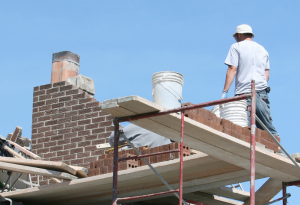

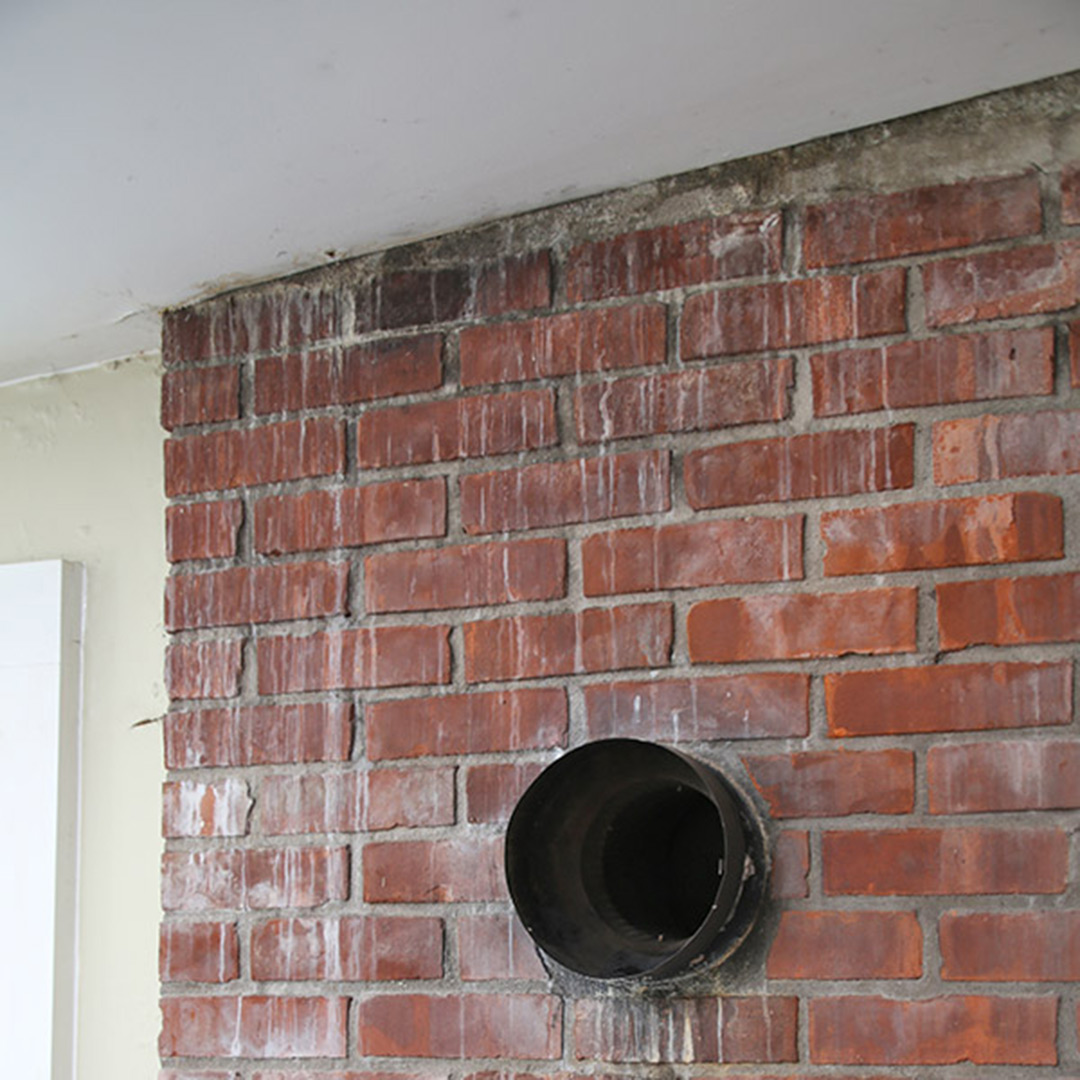
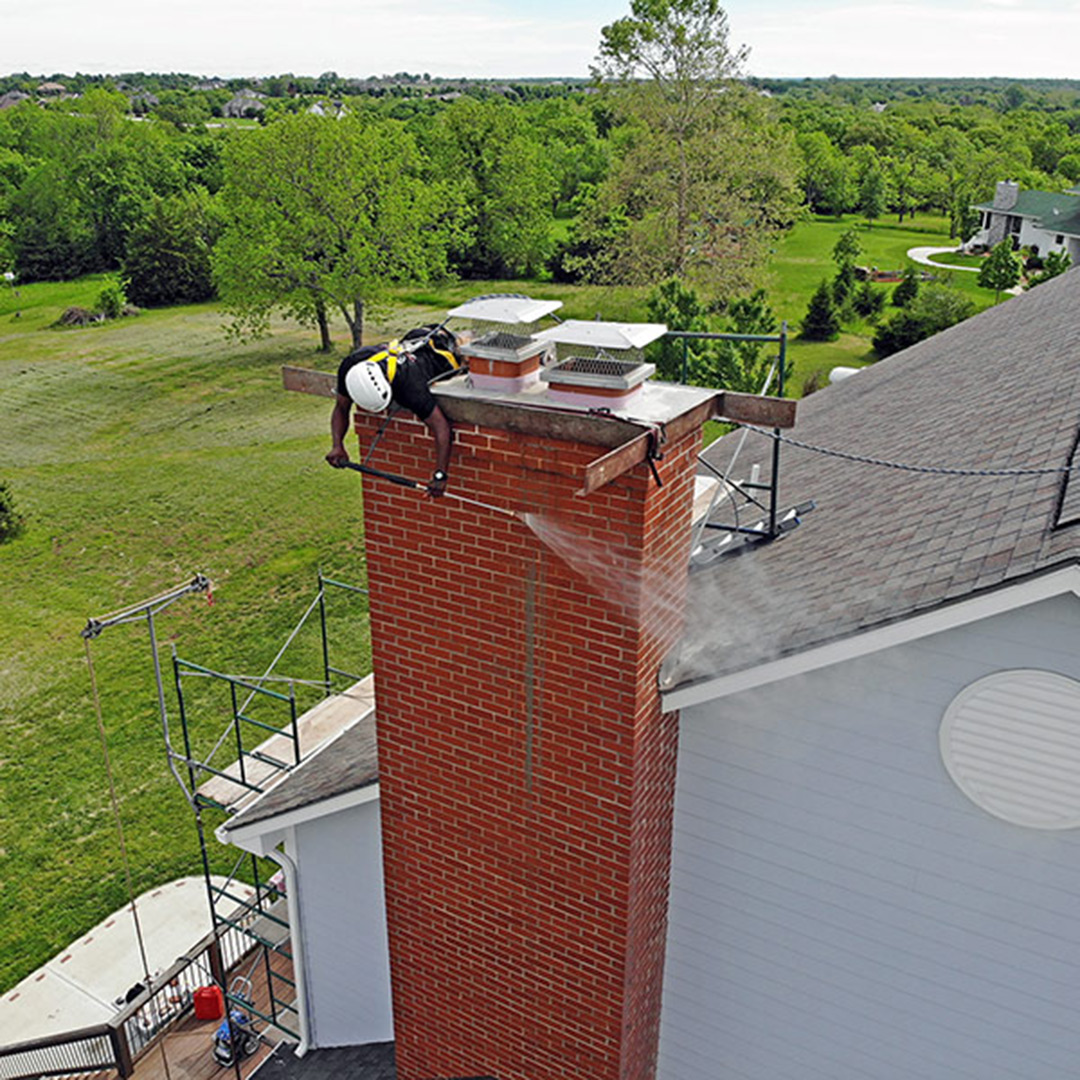
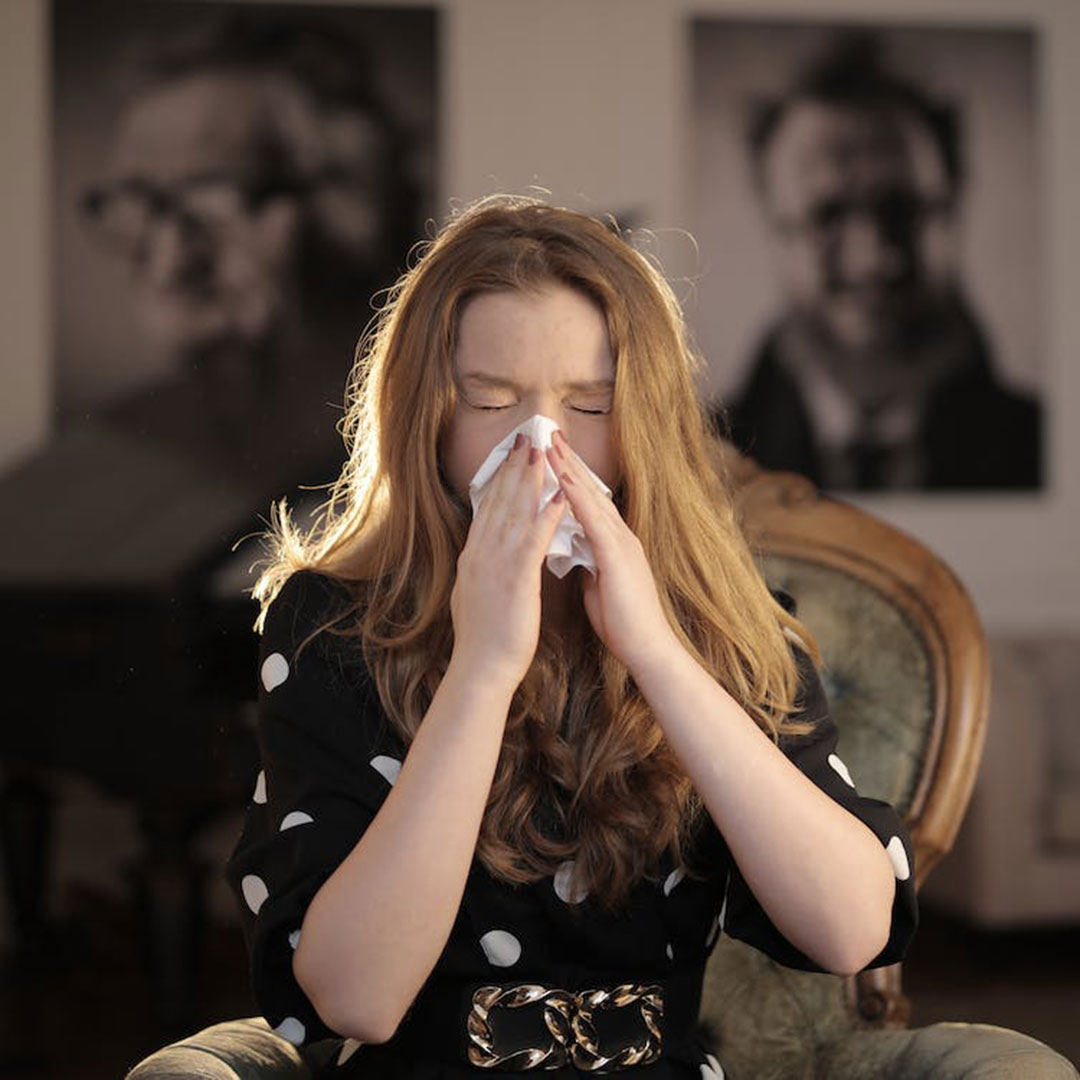
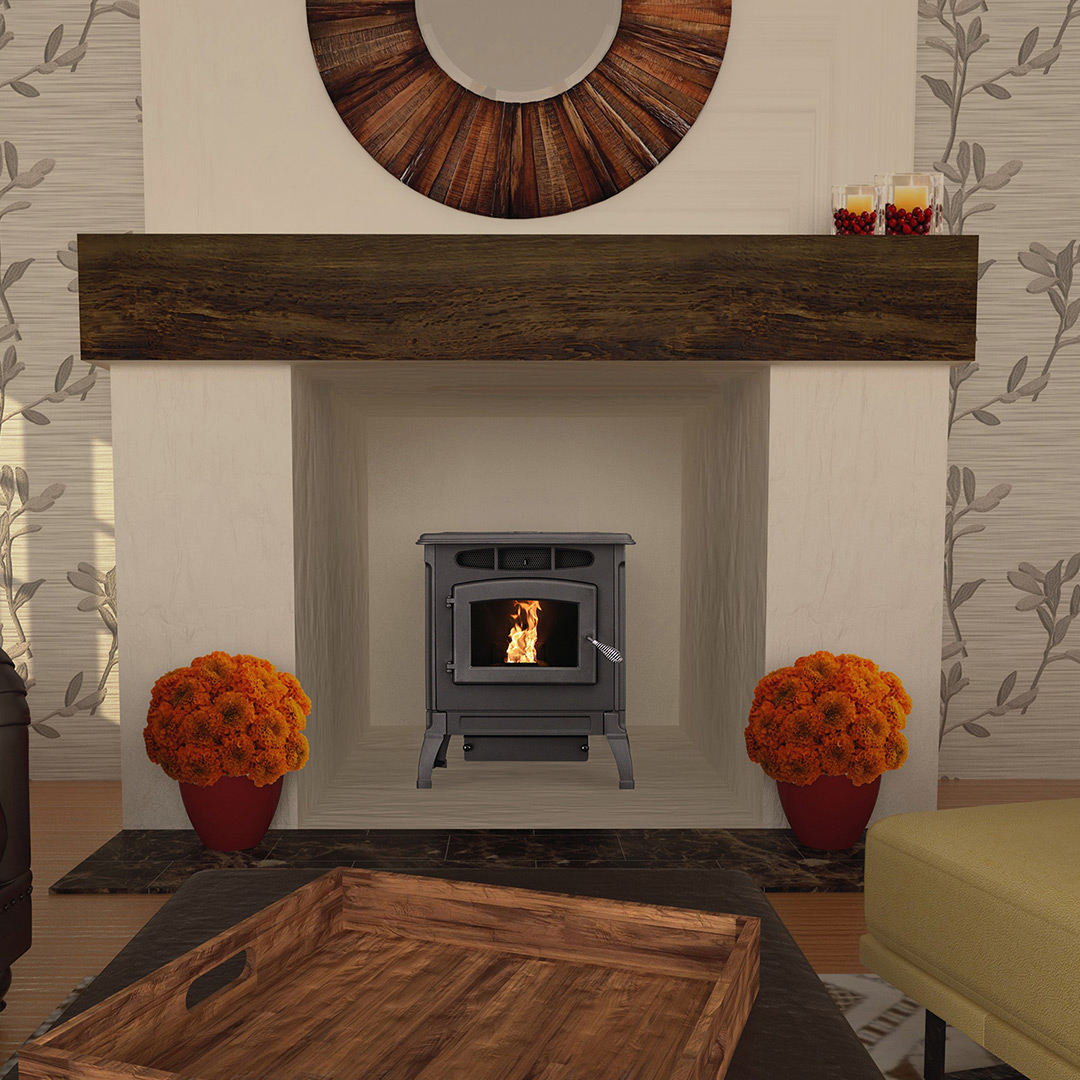 Regardless of the choice, there are many fireplace alternatives out there to mitigate or completely remove household pollutants. These pollutants could be contributing to seasonal allergies, situational allergies, or asthma.
Regardless of the choice, there are many fireplace alternatives out there to mitigate or completely remove household pollutants. These pollutants could be contributing to seasonal allergies, situational allergies, or asthma. 
